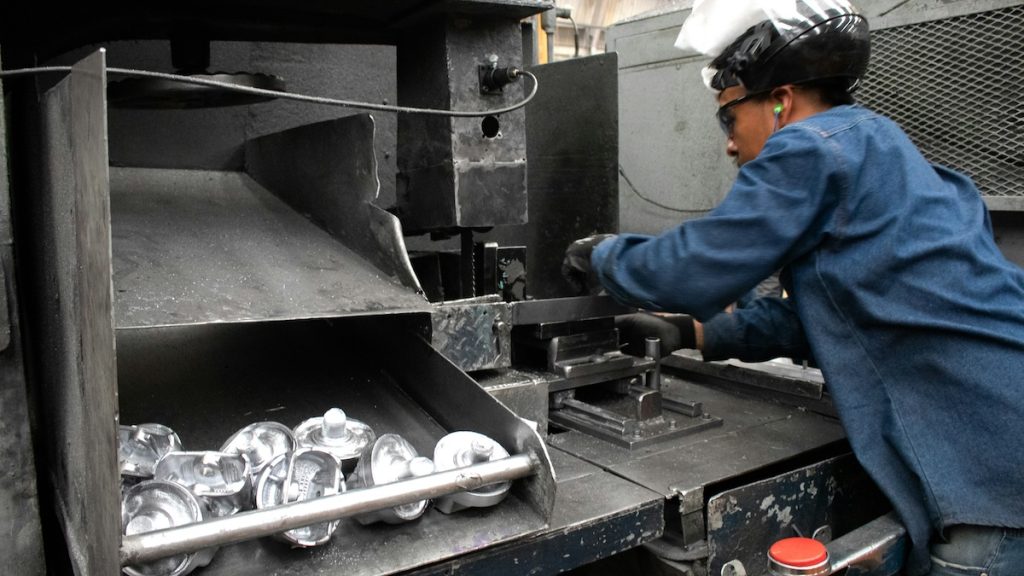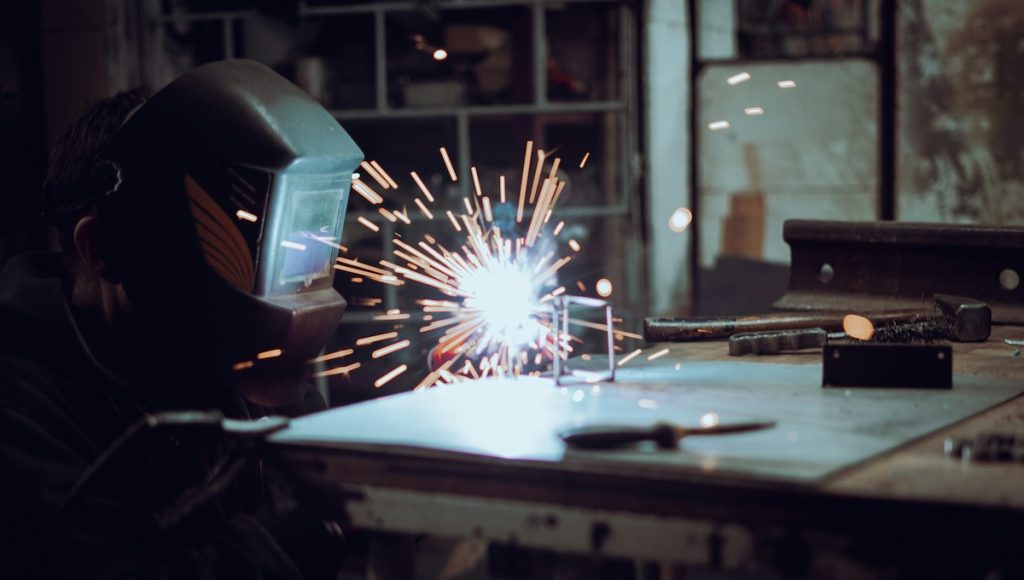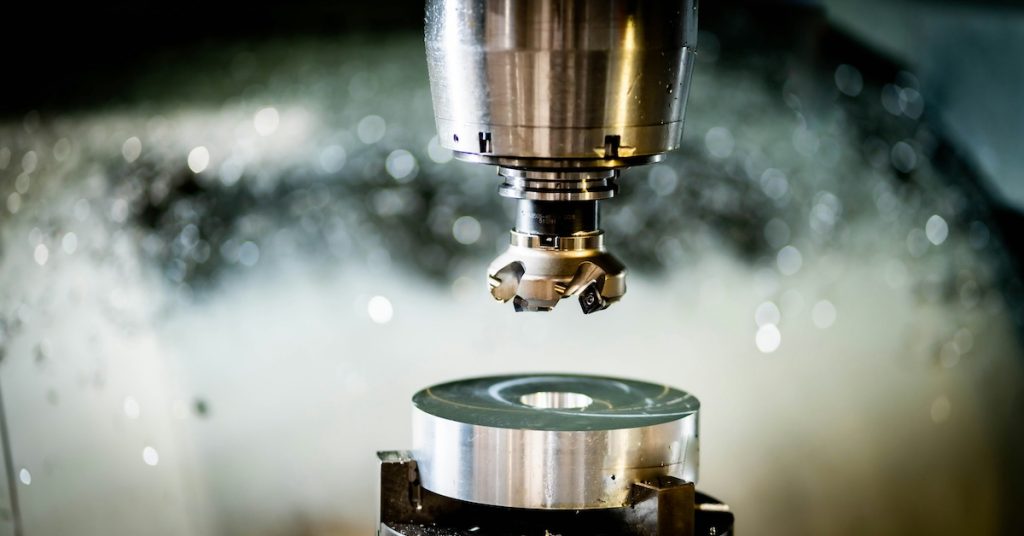When you hold a beautifully machined part in your hand like a custom car wheel, a performance bracket, or a sculpted metal handle, it might surprise you to learn that its life began as a humble block. That block is called billet material, and it plays a powerful role in everything from aerospace components to artisan tools.
From Raw to Remarkable
Before it is shaped, polished, and perfected, billet is raw and unassuming. However, in the hands of a skilled fabricator, it transforms into something extraordinary. Billet becomes a foundation of strength, accuracy, and clean design that sets it apart from cast or molded alternatives.
What Is Billet Material?
Billet refers to a solid, semi-finished piece of metal that serves as the starting point for countless components. It is usually made of aluminum, steel, or other alloys and is often formed into square, rectangular, or cylindrical shapes. Once formed, it is ready to be machined, forged, or processed into a wide range of finished products.
How Billets Are Made
The method used to create a billet has a direct impact on its strength and workability. Each process produces different qualities in the billet and determines where and how it will be used.
Casting
Casting involves pouring molten metal into a mold and allowing it to cool into a solid block. This is one of the most common methods for producing aluminum billet and is ideal for high-volume production.
Extrusion
In extrusion, metal is forced through a die to create billets with consistent cross-sections. This method aligns the grain structure of the metal, improving its mechanical properties and making it easier to machine.
Forging
Forged billets are made by applying high pressure to compress the metal into a dense, strong form. This process refines the internal grain structure and, in addition, increases overall strength, making it ideal for demanding structural parts.
Why Fabricators Work with Billet
Billet offers unique advantages that make it a favorite among metalworkers and precision manufacturers. It provides the raw strength and clean finish needed for critical parts.
Superior Strength
Billet is solid throughout and free of internal voids or weak points. This results in better load-bearing performance and reliability under stress, especially compared to cast parts.
Incredible Precision
When components require tight tolerances and detailed machining, billet is the ideal choice. In other words, it responds predictably to CNC cutting and produces smooth, exact results.
Clean Appearance
Parts made from billet often have a refined, high-end appearance. Whether they are polished, anodized, or powder-coated, they start from a clean base that finishes beautifully.
Common Uses for Billet Material
You can find billet at work in a wide variety of industries. Its strength and versatility make it suitable for both functional and decorative applications.
Automotive
Billet is used for custom wheels, suspension components, engine mounts, brackets, and high-performance parts that require robust strength under stress.
Aerospace
Aerospace engineers use billet for precision housings, structural supports, and other high-strength, lightweight parts that must meet exacting standards.
Industrial and Architectural
Billet is common in load-bearing fixtures, CNC-machined enclosures, and custom metalwork used in machinery and modern buildings.
Art and Design
Sculptors, knife makers, and furniture designers use billet to create durable, detailed, and unique items that hold both form and function.
Billet vs Other Forms
Billet is often compared to other types of raw metal forms. Understanding the differences helps you choose the right material for your project.
Billet vs Cast
Machinists cut billet from a solid piece, which makes it stronger and more consistent. Foundries create cast parts by pouring molten metal into molds, a process that can introduce internal imperfections.
Billet vs Bar Stock
Manufacturers use billet as a raw form and later shape it into bar stock. They process bar stock further so it is ready for immediate machining in standard sizes and shapes.
Billet vs Forging
Billet can be the starting material for forging. Forging shapes the metal further under pressure, increasing its strength and, above all, the grain alignment even more.
Is Billet Always the Best Option?
While billet offers outstanding strength, consistency, and finish, it is not always the most economical choice. It requires more machining, generates more waste, and can cost more up front. For large-volume production of non-critical parts, casting or stamping may be more efficient. But when quality, accuracy, and reliability are top priorities, billet stands out.
Tips for Working with Billet
Working with billet can deliver excellent results if you prepare properly and use the right approach.
Choose the Right Alloy
Different projects call for different metals. Common billet options include:
- 6061 aluminum for general use and ease of machining
- 7075 aluminum for aerospace-grade strength
- Use stainless steel when corrosion resistance matters
Use Sharp, High-Quality Tools
Billet machining demands precision. Use sharp cutters, set correct feed rates, and apply proper coolant to avoid tool wear and surface damage.
Plan for Material Waste
Billet machining removes significant material to reach the final shape. Account for this in your design and consider recycling or repurposing leftover scrap.
More Than Just A Block Of Metal
Billet is more than just a block of metal. It represents the pursuit of perfection in design and durability. In addition, performance machines and handmade tools deliver strength, clarity, and craftsmanship in every cut.
If your next project demands premium performance and finish, then billet may be the right place to start. Above all, with careful planning and the right tools, you can turn a raw billet into something truly exceptional.
Keep the momentum going by exploring more fabrication tips and project inspiration on our blog, and start building something strong, clean, and built to last.



